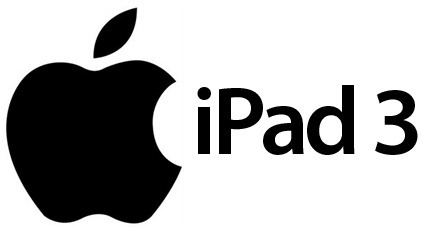Over the last few months, we’ve heard some reports that a new iPad model could be released later this year, but according to a new report, the iPad 2 is here to stay.

According to a source inside Apple’s Asian suppliers, orders for the iPad 2 show no signs of waning, which should have started happening by now if Apple indeed planned to phase out the current iPad and introduce a new model. Indeed, 1.5-2 million units have been ordered for the remainder of the 3rd quarter, which ends in September, and as many as 5-6 million will allegedly be made in the 4th quarter, just in time for the holiday season.
Apple was originally set to launch its iPad 3 in the second half of 2011 with a supply volume of 1.5-2 million units in the third quarter and 5-6 million in the fourth quarter, but Apple’s supply chain partners have recently discovered that the related figures have all already been deleted, the sources pointed out.
Previous reports suggested that the next-generation iPad, which would be scheduled for release around the holiday season, would focus on improving its display’s resolution by making it comparable to the iPhone 4’s. This boost in screen resolution, accomplished with no change in the actual size of the display, allows for the crisper display of screen elements, especially text. This technology is marketed as Retina Display, since its main aim is to make individual pixels actually indistinguishable to the naked eye.
Since the iPad has a larger screen, such a high-resolution display is still quite expensive to produce, according to sources. In order to maintain the iPad’s form factor and current qualities, such as a crisp color display and battery life, great advancements in the technology will still be needed:
Sources from panel players also pointed out that the 9.7-inch panel with high resolution requires a much larger backlight source and a single edge light bar is hardly able to reach satisfaction levels. Due to iPad 3’s requirements over the physical thinness, rich color support and toughness will all conflict with the panel’s technology restrictions; therefore, this could cause a delay in the launch.
Apple’s decision to delay the product in no way impacts the long-rumored next-generation iPhone, which will still be announced in September (or at least all factors still point to that). If Apple doesn’t manage to meet all the requirements to release a production-quality high-resolution iPad, we’ll likely just see a minor upgrade with a standard display early next year, in line with the product’s usual release cycle.
(via Digitimes)
You can follow us on Twitter or join our Facebook fanpage to keep yourself updated on all the latest from Microsoft, Google and Apple.

